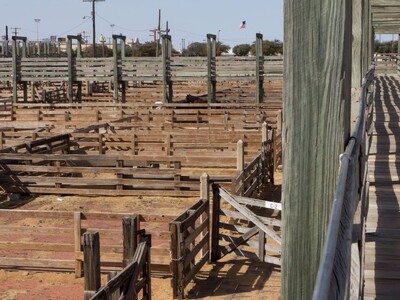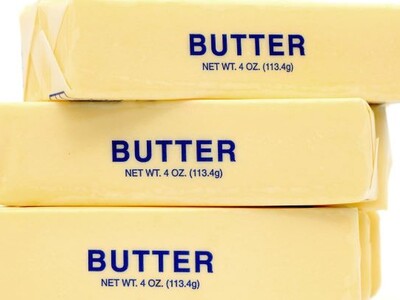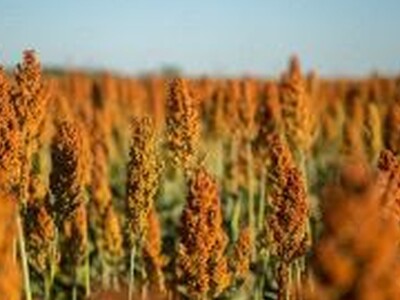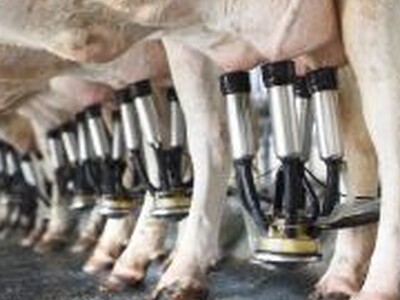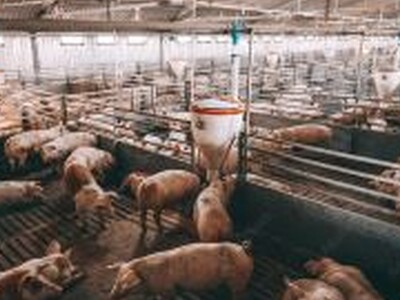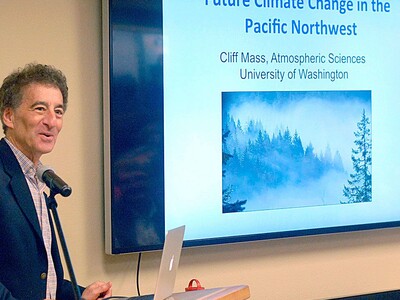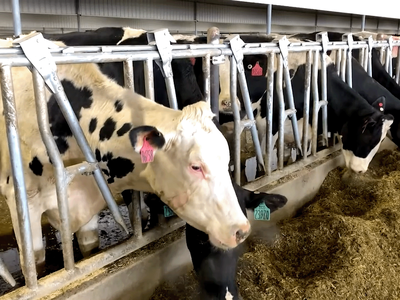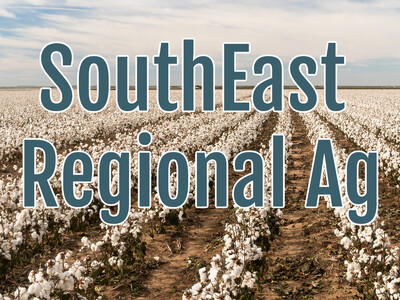Almond Research
Some commodity marketing orders with USDA oversight are not just involved in the area of promotion. Research plays an important part in the continued growth in markets and uses for commodities. Case in point, the California Almond Board.Clearly, nutrition research was a very important part of that. We also do a lot of production, research and research around how to improve water use efficiency.
One example of making almonds from the nut to the tree itself sustainable, according to Daren Williams of the California Almond Board, how to utilize everything that we grow in that orchard.
We like to talk about producing four crops per drop of water.
And he reiterates such advances do not occur unless there is research involved. The research has to be done to show that it works, that it's beneficial to the grower as well as to an end user. And the Army to California funds a lot of that research cooperation with the researchers at UC Davis and other land grant universities and USDA, of course.
We don't only produce the kernel that you eat, but we also produce the shell that that's encased in, which is used in livestock matting and has potential uses and recycled plastics. Then there's also the whole the fruity part of the almond that's around the shell and their sugars in there that right now they're used a lot in cattle feed in the dairy industry in California. But there's some potential to use those sugars in different food applications. And then the entire tree itself is ultimately used when the orchard ends its productive lifecycle after about 25 years. You can take that entire tree and chop it up and reincorporate it into the soil or even use it to make cellulosic ethanol, which is an exciting kind of new area for the use of that woody biomass.




